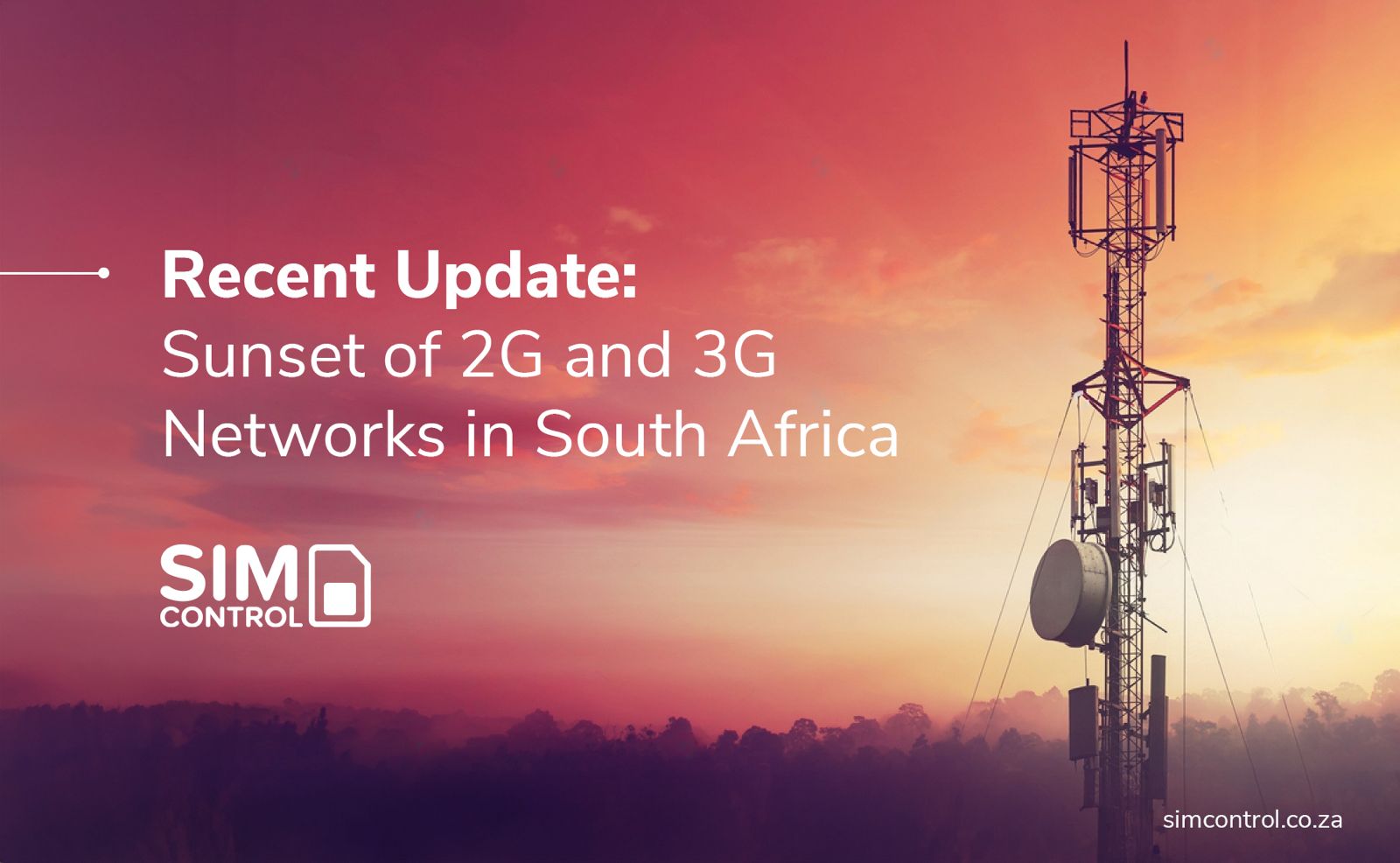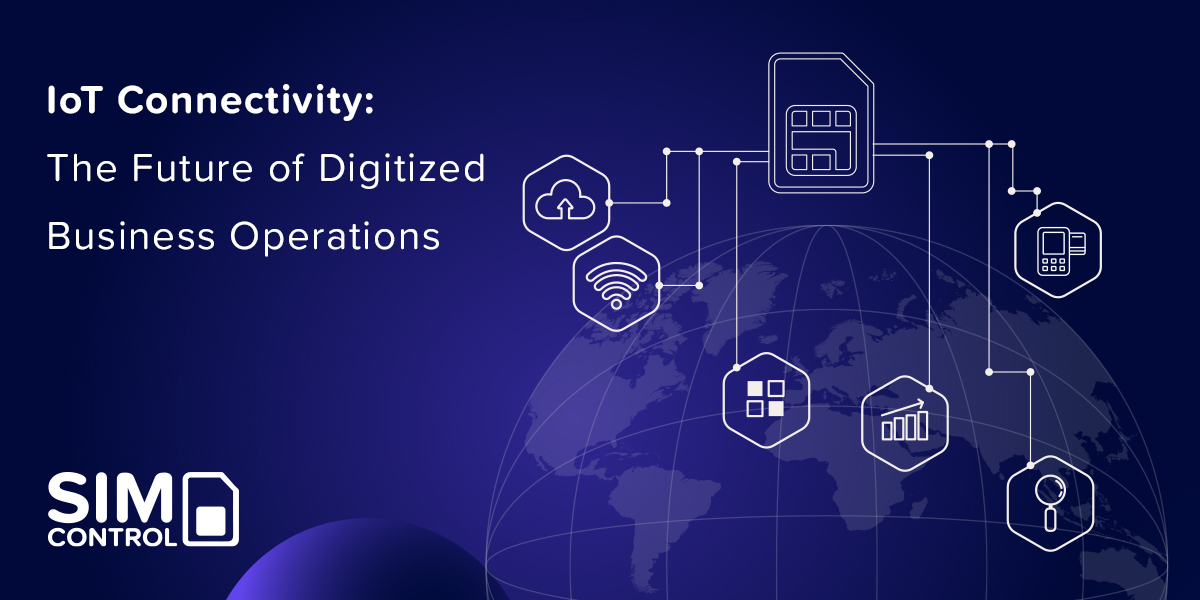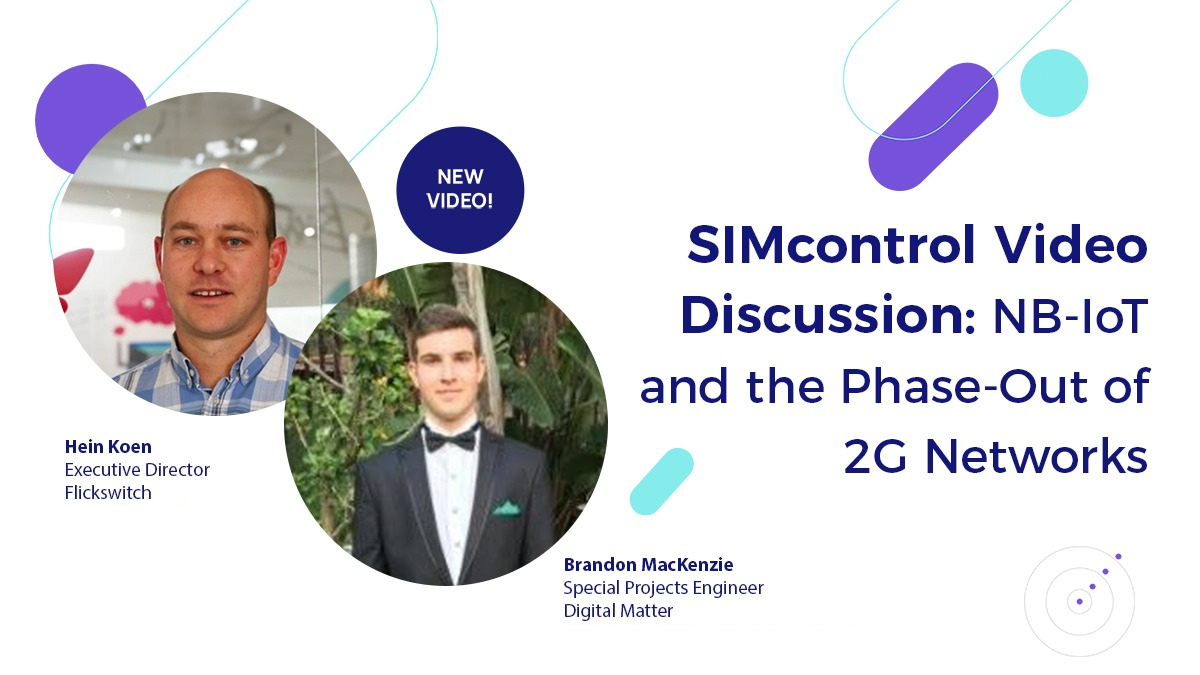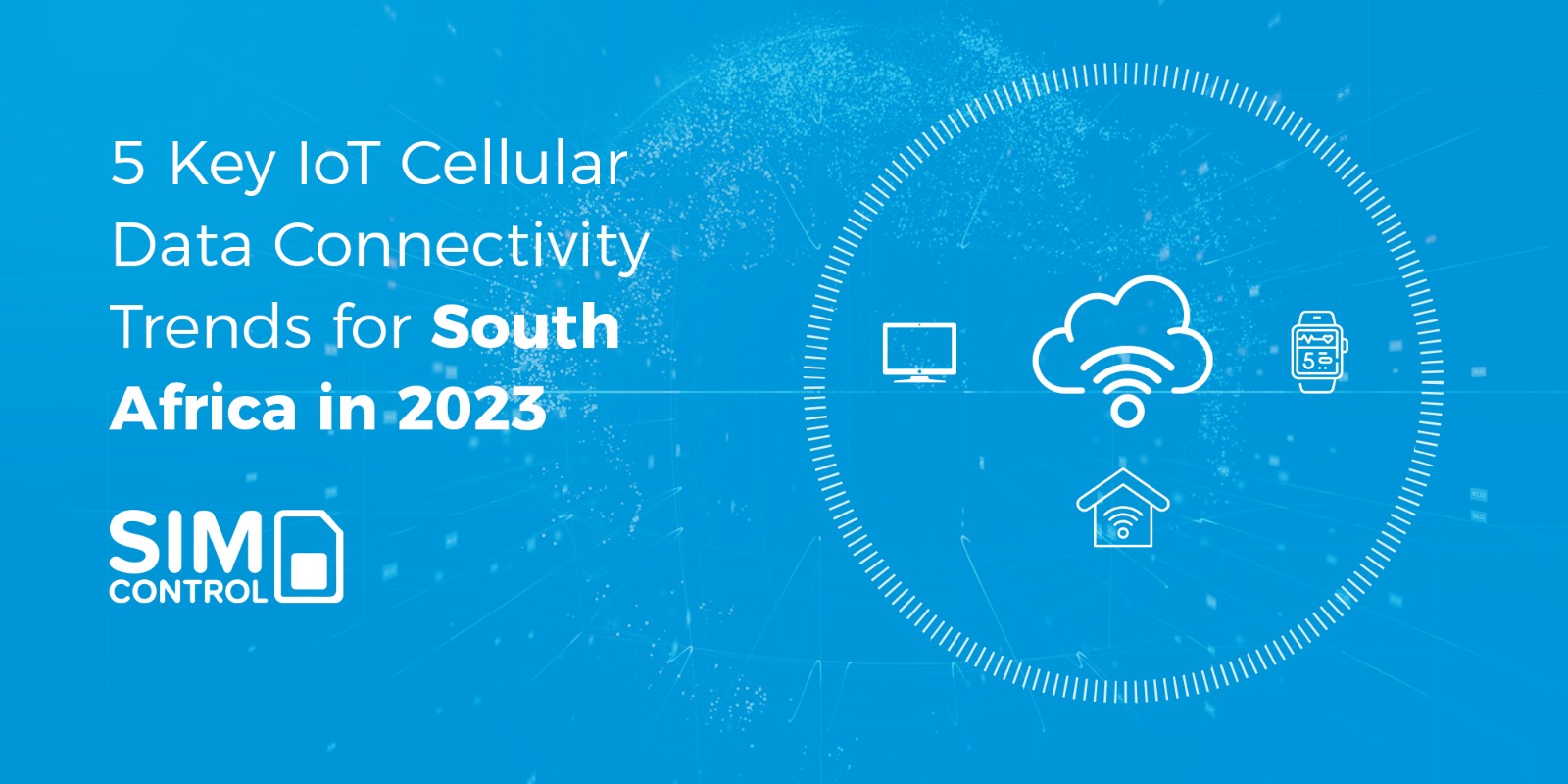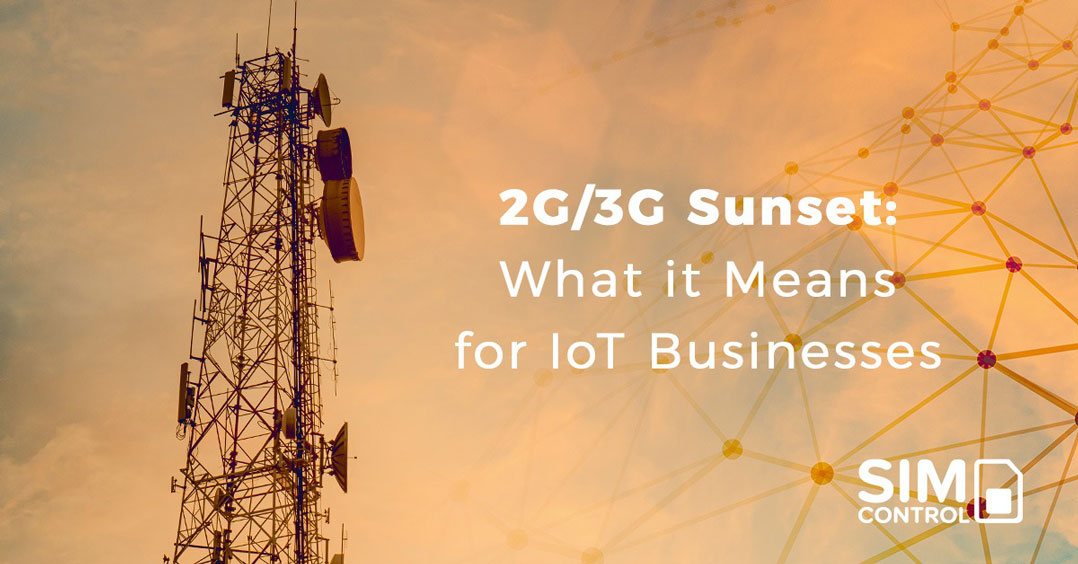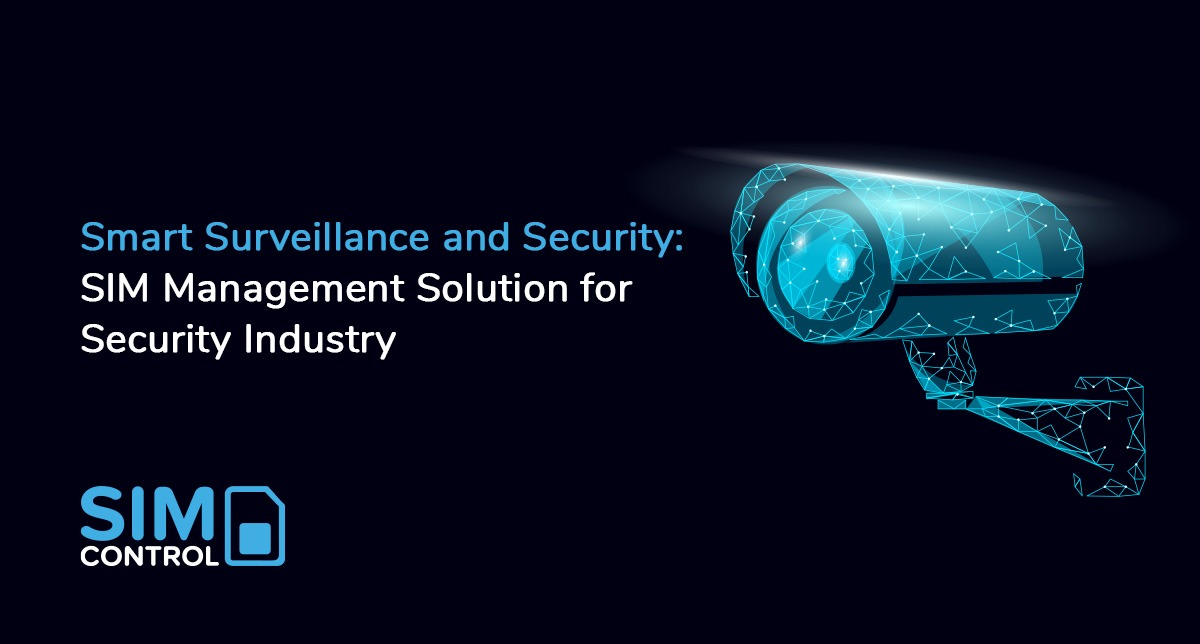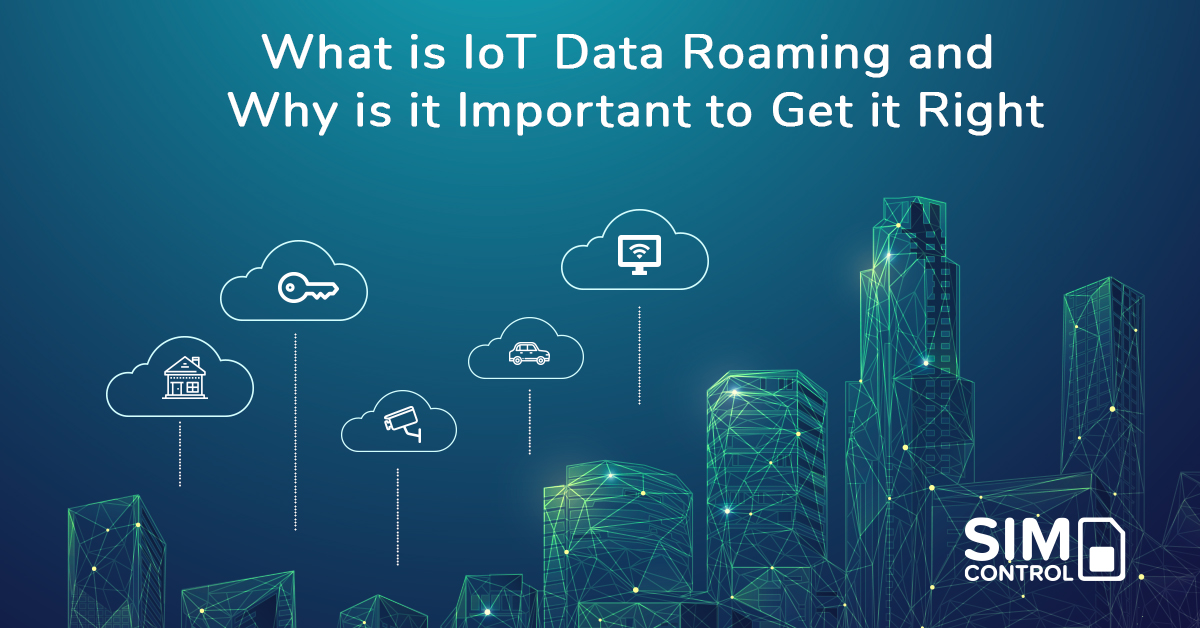South Africa is on the brink of a major transformation in its telecommunications landscape, a development that is both exciting and challenging for businesses and consumers alike. As we witness the gradual phase-out of 2G and 3G networks by mobile operators, the move towards more advanced 4G, 5G, and NB-IoT technologies is inevitable. Let's delve into the implications of this shift, offering insights and guidance for those navigating this change.
For the business sector, particularly those relying on 2G and 3G for essential machine-to-machine communication and IoT devices such as vehicle trackers and smart meters, this transition poses a significant hurdle. Hein Koen, a Director at SIMcontrol, sheds light on the situation: "Millions of 2G and 3G devices are still operational. Businesses must strategise for a seamless transition to 4G or NB-IoT technologies." The oversight of ICASA, South Africa's regulatory authority, adds a layer of complexity, with vague timelines and processes contributing to industry uncertainty.
Extended Deadlines: A Window of Opportunity
To start testing NB-IoT connectivity, sign up for a trial account.
In a recent turn of events, the Department of Communications and Digital Transformation has extended the deadline for the shutdown of South Africa’s 2G and 3G networks. This new timeline, with a final deadline of 31 December 2027 and a commencement date of 1 June 2025 for the switch-off, stems from stakeholder requests and a risk impact assessment study. This extension offers businesses a crucial timeframe for a well-prepared transition.
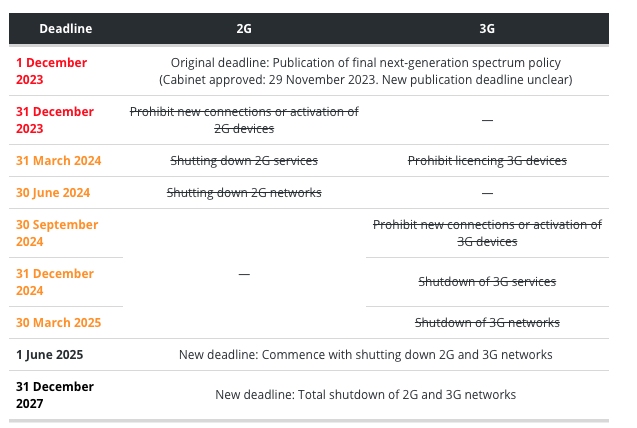
Hein Koen emphasises the importance of this extended period: "The adjusted deadlines provide some relief but also demand a proactive approach from the industry." Businesses are advised to take strategic steps like auditing their current device inventory, identifying necessary upgrades, and establishing a structured device replacement program. Koen adds, "Opting for future-proof hardware and alternatives such as NB-IoT or 4G can be beneficial, often leading to cost savings, reduced data usage, and longer battery life."
The successful international transition from 2G and 3G to technologies like NB-IoT in sectors such as smart metering, asset tracking, and precision agriculture serves as a model for South Africa. These cases demonstrate the transformative potential of next-generation cellular connectivity in enhancing connected services and propelling industry advancement.
A key factor for a successful transition in South Africa is the establishment of clear legislative guidelines from ICASA. The industry is in anticipation of a definitive framework to facilitate an efficient evolution of the telecommunications infrastructure.
The shift from 2G and 3G to advanced telecommunications technologies in South Africa presents an opportunity for growth and innovation. This blog post aims to provide valuable insights for businesses and stakeholders looking to adapt to these changes. With strategic planning and the embrace of new technologies, the future of South Africa's telecommunications sector looks bright. Stay informed and prepared as we navigate this exciting journey together.
Ready to Embrace the Future?
Are you a business leader or stakeholder looking to navigate the telecommunications transition in South Africa? Don't get left behind. Contact us for expert advice on upgrading your infrastructure, embracing new technologies, and staying ahead in the ever-evolving world of telecommunications.
For more information visit our website or contact us directly.
